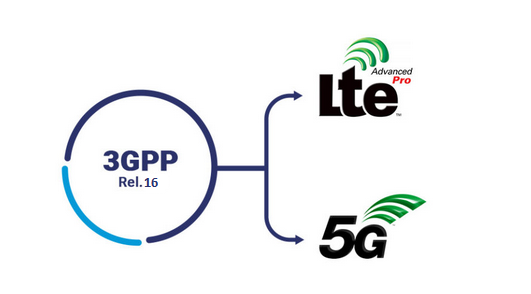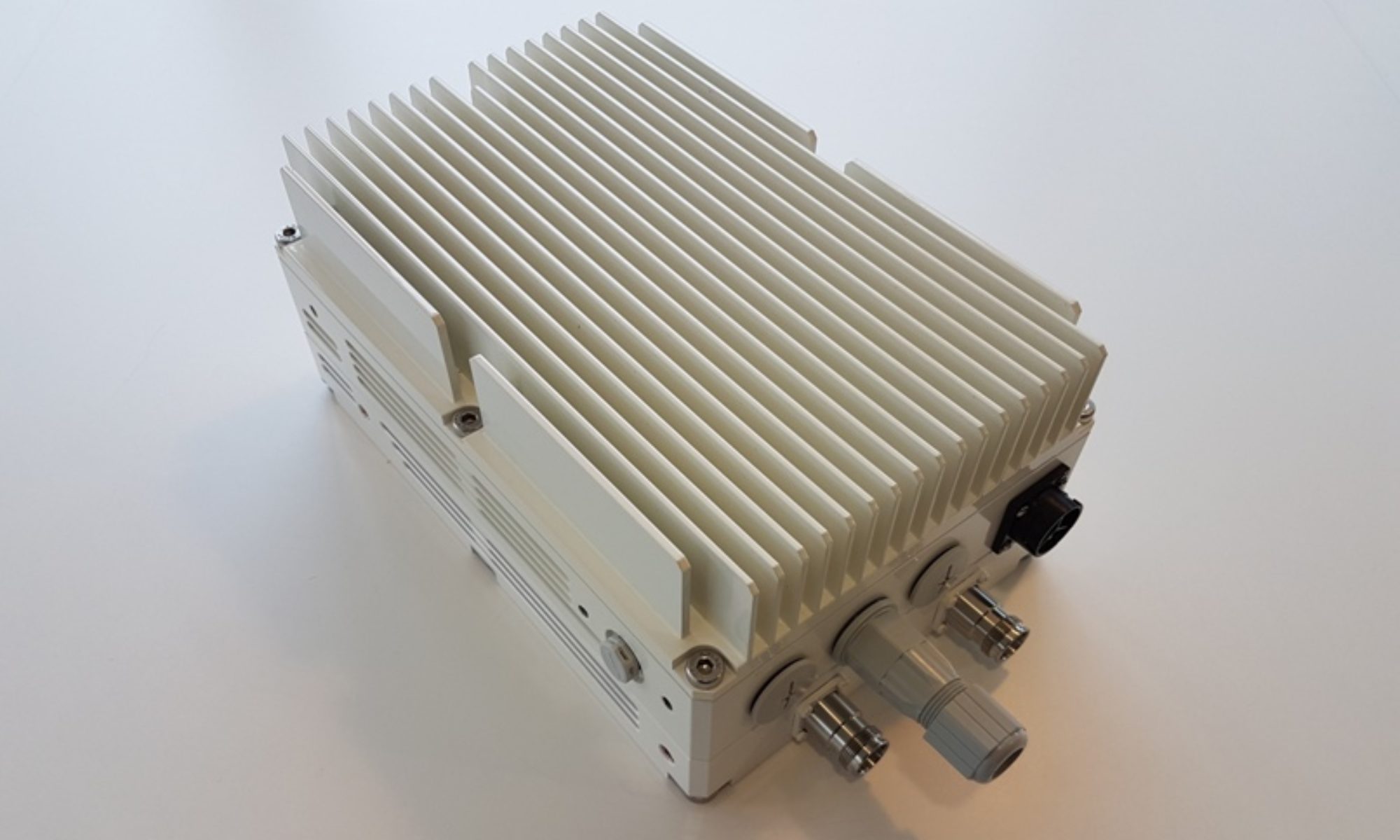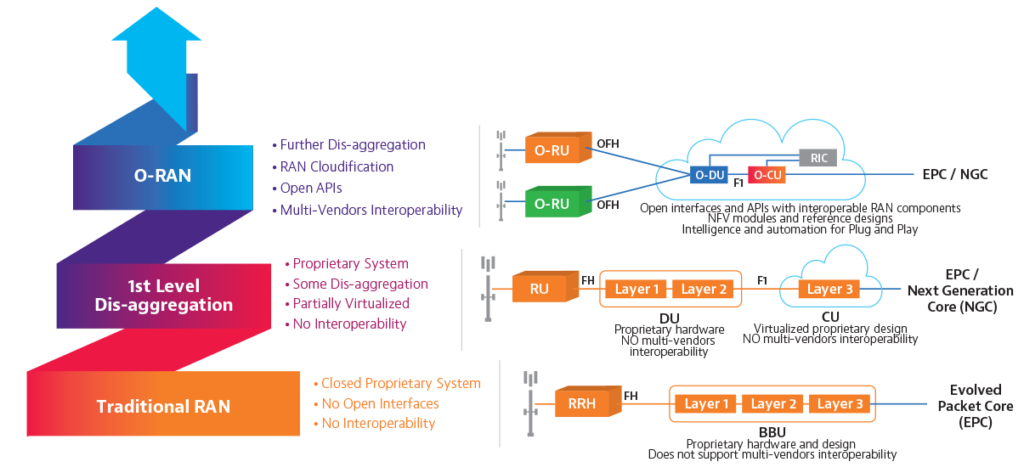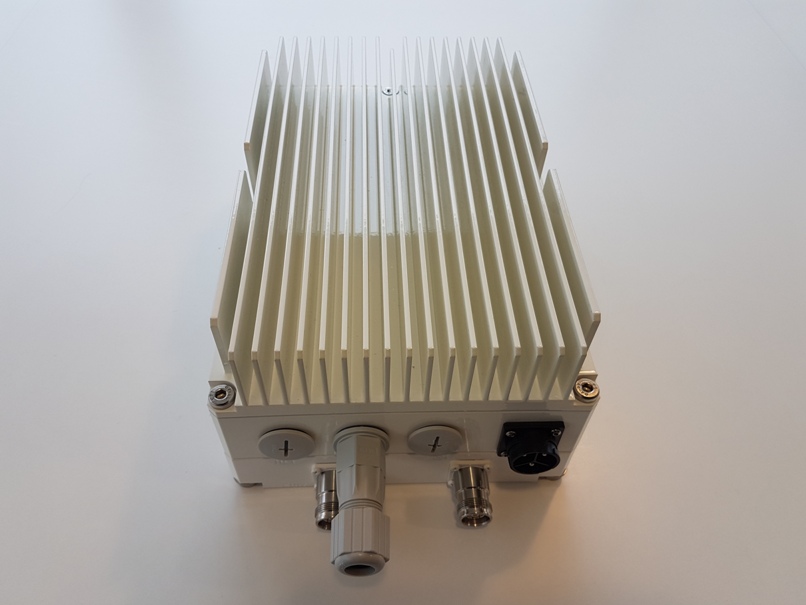What is the RAN Intelligent Controller (RIC) used in Open RAN (ORAN) Networks?
History: from 2G to now
From the era of 2G and 3G, mobile architectures had specific controllers that were responsible for RAN orchestration and management. Then from 4G, overall network architecture became flatter and the expectation was that, to enable optimal subscriber experience, base stations would use the X2 interface to communicate with each other to handle resource allocation. This scenario created the proverbial vendor lock-in as different RAN vendors had their own flavor of X2, and it became difficult for an Operator/MNO to have more than one RAN vendor in a particular location. The O-RAN Alliance went back to the controller concept to enable best-of-breed Open RAN.

Why is RIC needed?
As many 5G experiences require low latency, 5G specifications like Control and User Plane Separation (CUPS), functional RAN splits and network slicing, require advanced RAN virtualization combined with SDN. This combination of virtualization (NFV and containers) and SDN is necessary to enable configuration, optimization and control of the RAN infrastructure at the edge before any aggregation points. This is how the RAN Intelligent Controller (RIC) for Open RAN was born – to enable eNB/gNB functionalities as X-Apps on northbound interfaces. Applications like mobility management, admission control, and interference management are available as apps on the controller, which enforces network policies via a southbound interface toward the radios. RIC provides advanced control functionality, which delivers increased efficiency and better radio resource management. These control functionalities leverage analytics and data-driven approaches including advanced ML/AI tools to improve resource management capabilities.
The separation of functionalities on southbound and northbound interfaces enables more efficient and cost-effective radio resource management for real-time and non-real-time functionalities as the RIC customizes network optimization for each network environment and use case.
Virtualization (NVF or containers) creates software app infrastructure and a cloud-native environment for RIC, and SDN enables those apps to orchestrate and manage networks to deliver network automation for ease of deployment.
Though originally RIC was defined for 5G OpenRAN only, the industry realizes that for network modernization scenarios with Open RAN, RIC needs to support 2G 3G 4G Open RAN in addition to 5G.

Working group 1 looks after overall use cases and architecture across not only the architecture itself, but across all of the working groups.
Working group 2 is responsible for the Non-real-time RAN Intelligent Controller and A1 interface, with the primary goal that Non-RT RIC is to support non-real-time intelligent radio resource management, higher layer procedure optimization, policy optimization in RAN, and providing AI/ML models to near-RT RIC.
Working group 3 is responsible for the Near-real-time RIC and E2 interfaces, with the focus to define an architecture based on Near-Real-Time Radio Intelligent Controller (RIC), which enables near-real-time control and optimization of RAN elements and resources via fine-grained data collection and actions over the E2 interface.
Working group 5 defines the Open F1/W1/E1/X2/Xn interfaces to provide fully operable, multi-vendor profile specifications that are compliant with 3GPP specifications.
The RAN Intelligent Controller consists of a Non-Real-time Controller (supporting tasks that require > 1s latency) and a Near-Real Time controller (latency of <1s). Non-RT functions include service and policy management, RAN analytics and model-training for the Near-RT RAN.
A Near Real-Time RAN Intelligent Controller (Near-RT RIC) is a near‐real‐time, micro‐service‐based software platform for hosting micro-service-based applications called xApps. They run on the near-RT RIC platform. The near-RT RIC software platform provides xApps cloud-based infrastructure for controlling a distributed collection of RAN infrastructure (eNB, gNB, CU, DU) in an area via the O-RAN Alliance’s E2 protocol (“southbound”). As part of this software infrastructure, it also provides “northbound” interfaces for operators: the A1 and O1 interfaces to the Non-RT RIC for the management and optimization of the RAN. The self-optimization is responsible for necessary optimization-related tasks across different RANs, utilizing available RAN data from all RAN types (macros, Massive MIMO, small cells). This improves user experience and increases network resource utilization, key for consistent experience on data-intensive 5G networks.

Source: O-RAN Alliance
The Near-RT RIC leverages embedded intelligence and is responsible for per-UE controlled load-balancing, RB management, interference detection and mitigation. This provides QoS management, connectivity management and seamless handover control. Deployed as a VNF, a set of VMs, or CNF, it becomes a scalable platform to on-board third-party control applications. It leverages a Radio-Network Information Base (R-NIB) database which captures the near real-time state of the underlying network and feeds RAN data to train the AI/ML models, which are then fed to the Near-RT RIC to facilitate radio resource management for subscriber. Near-RT RIC interacts with Non-RT RIC via the A1 interface to receive the trained models and execute them to improve the network conditions.
The Near-RT RIC can be deployed in a centralized of distributed model, depending on network topology.

RIC Summary
The RIC platform provides a set of functions via xApps and using predefined interfaces that allow for increased optimizations in Near-RT RIC through policy-driven, closed loop automation, which leads to faster and more flexible service deployments and programmability within the RAN. It also helps strengthen a multi-vendor open ecosystem of interoperable components for a disaggregated and truly open RAN.
For Further Information
Please Contact Us




